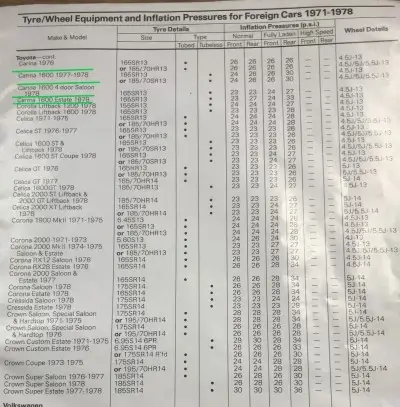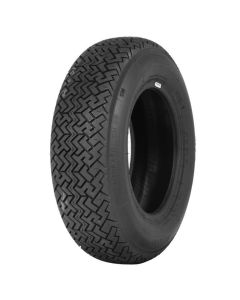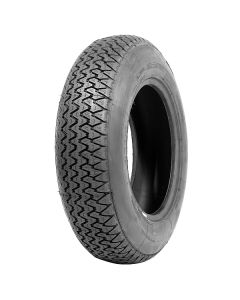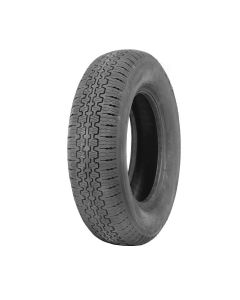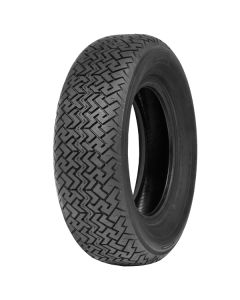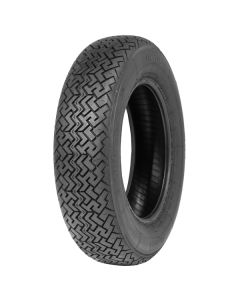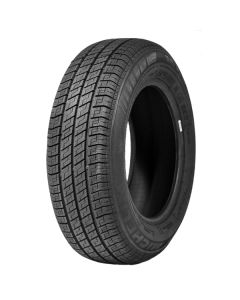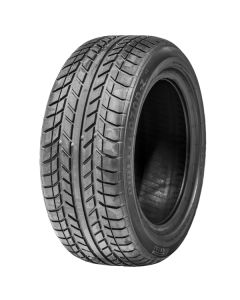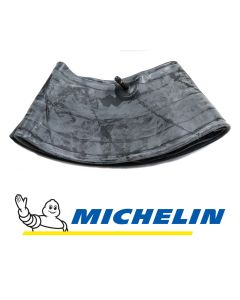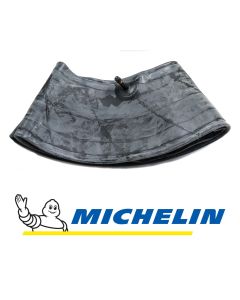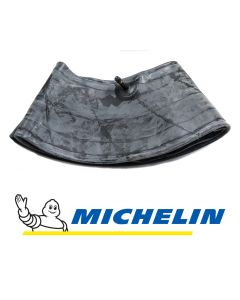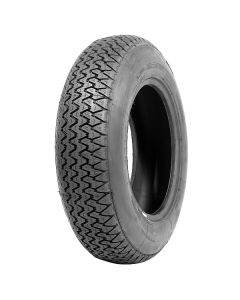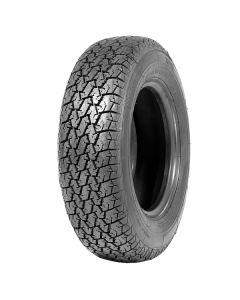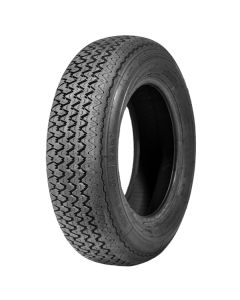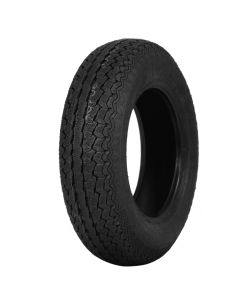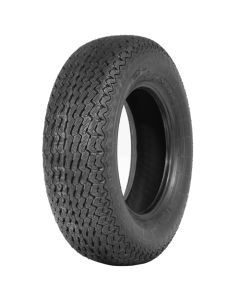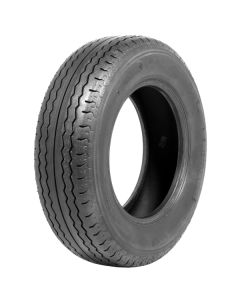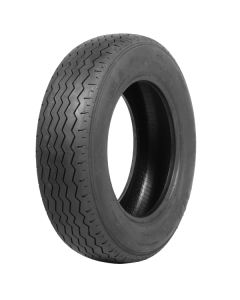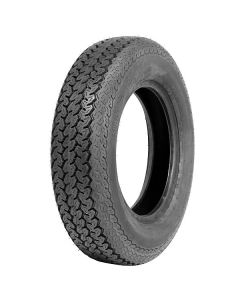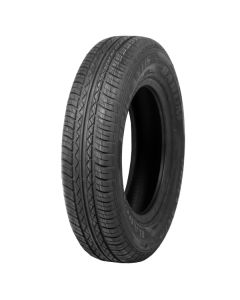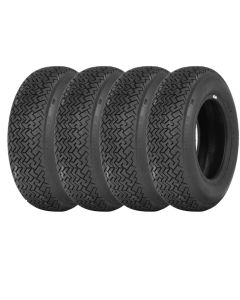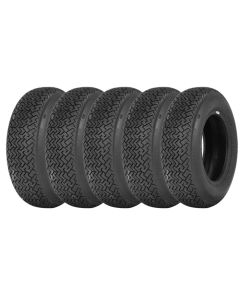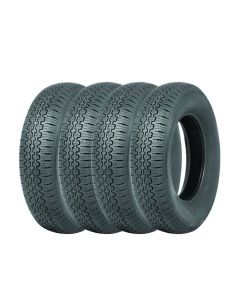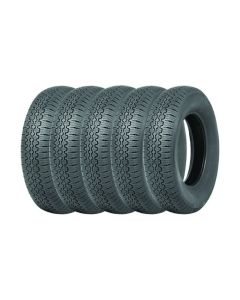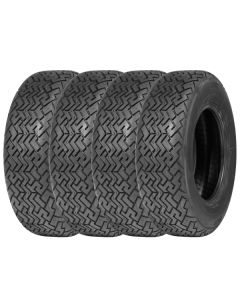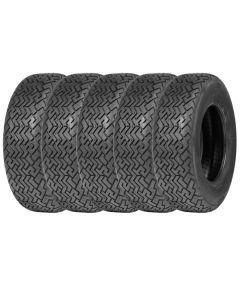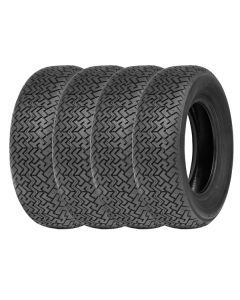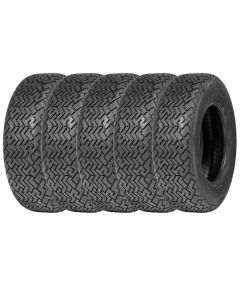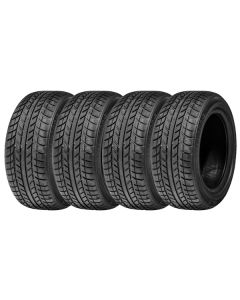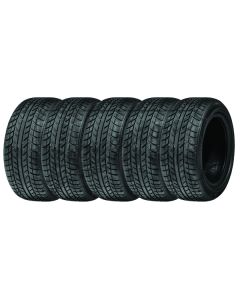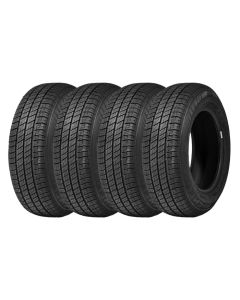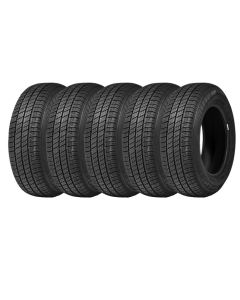Toyota Celica Tyres
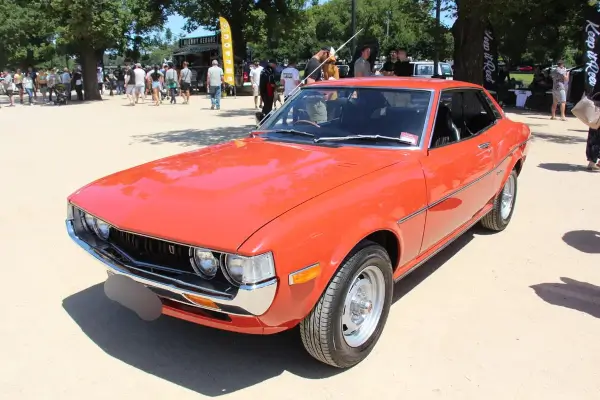
Classic Celica 1970–2006
- The Toyota Celica 1600s and 1.6s of the 1st and 2nd generations fitted the size 165 - 13 . The recommended tyre for this size is the 165R13 Pirelli Cinturato CN36.
- The Toyota Celica 2000s and 2.0s of the 1st and 2nd generations fitted the size 165 - 14. The recommended tyre for this size is the 165 HR 14 PIRELLI CINTURATO CA67 for their brilliant sports handling.
- Both of these tyres have low profile alternatives available as well, with Celicas with 13-inch wheels fitting 185/70 - 13 and Celicas with 14-inch wheels fitting 185/70 - 14. The recommended tyre for the size 185/70 R 13 is the 185/70 VR 13 PIRELLI CINTURATO™ CN36 and the recommended tyre for the size 185/70 - 14 is the 185/70 VR 14 PIRELLI CINTURATO™ CN36.
- Third Generation Celicas fitted 185/70 14, with the notable exception of the Celica GT-S which fitted 225/60 - 14 tyres. The 225/60 SR 14 B.F.Goodrich Radial T/A is currently the only tyre available in this size.
- In 1985, the fourth generation of Celica introduced the Cabriolet model that was based on the 2.0 GT. The GT and Cabriolet models fitted 195/60 VR 14 tyres. The tyres that we recommend for this size would be the 195/60 VR 14 Michelin MXV3-A as it offers a great improvement on damp grip and provides more comfort with a V speed rating, combining performance and safety into one brilliant tyre.
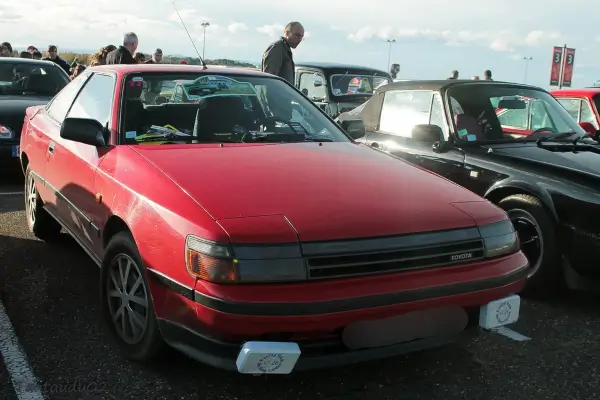
Post-Classic Celica Tyres
- The Celica GT-Four was released in Japan in 1986 and fitted 205/60 R14 throughout the fourth generation, unfortunately, no classic tyre manufacturer currently make a tyre in this size. The fifth-generation, introduced in 1989, switched the GT-4 onto 15-inch wheels, fitting 215/50 - 15. The recommended tyre for this size would be the 215/50 ZR 15 PIRELLI P700-Z. The P700-Z is a period tyre with excellent braking, especially in the wet, and precision high-speed sports handling. This is a tyre that is perfect for both rally use and road use with the GT4.
- In 1989 the Fifth generation of Celica was introduced to be sold in 1990. The 2.0 GT initially fitted 205/60 - 14. In 1992 the fifth generation received a facelift, and the Z-R, GT, and SX models moved to 15-inch wheels and fitted 205/55 R 15 Dunlop tyres. No classic tyre manufacturer currently makes tyres in either size, unfortunately.
- Throughout the '90s the GT models of Celica didn't change tyre size. When the sixth generation of Celica was introduced in 1993 however, the ST sport coupe model of the Celica fitted smaller 185/65 - 14 tyres, and the other ST models fitted 185/70 - 14. The Celica GT-S Turbo released in this generation fitted 215/50 - 15 tyres. No classic tyre manufacturer currently makes a 185/65 - 14 tyre.
Celica Innertubes
Some of these early Celica fitting 165R13 and 165R14 tyres had tubeless wheels and some had tube-type wheels. For more information about tubeless tyre technology have a look at our innertubes page.
Our period Innertube Guides inform which models transitioned to tubeless wheels, and when. See below for more information.
- For the size 165-13 we suggest fitting Michelin 13D.
- For the size 165-14 we suggest fitting Michelin 14D.
- For the size 185/70 R 13 we suggest fitting Michelin 13E.
- For the size 185/70 R 14 we suggest fitting Michelin 14E.
- It is important to note that any tyres that are lower profile than 70 profile (less than /70 in a tyre size) should not fit innertubes.
For the recommended tyre pressures for your model of Celica, see our Celica Tyre Pressure Guide below.
Toyota Celica Pressure Guide
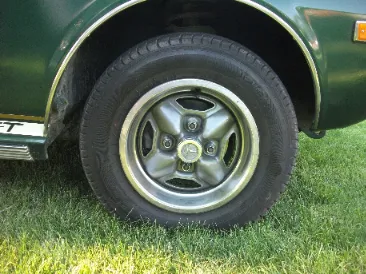
Toyota Celica Generation key:
- Generation 1: 1970-1977
- Generation 2: 1977-1981
- Generation 3: 1981-1985
- Generation 4: 1985-1989
- Generation 5: 1989-1993
- Generation 6: 1993-1999
| Model | Generation | Front (Psi) | Rear (Psi) |
|---|---|---|---|
| 1600 GT | 1 | 28 | 28 |
| 1600 ST | 1 | 27 | 27 |
| 2000 ST Liftback | 1 | 27 | 27 |
| 2000 XT Liftback | 1 | 28 | 30 |
| 2.0 GT Liftback | 2 | 28 | 30 |
| 2.0 ST Liftback | 2 | 28 | 30 |
| 2.0 XT Liftback | 2 | 28 | 28 |
| 2.0 GT | 3 | 24 | 26 |
| 2.0 GT Fi | 4 | 33 | 33 |
| GT 2.0 & Cabriolet | 4 | 33 | 33 |
| GT - Four | 4 | 33 | 33 |
| GT (14" Wheel) | 5 | 39 | 39 |
| GT (15" Wheel) | 5 | 42 | 41 |
| GT - Four | 5 | 43 | 43 |
| GT | 6 | 33 | 33 |
| GT Convertible | 6 | 33 | 33 |
| GT Liftback | 6 | 33 | 33 |
| GT-S Turbo | 6 | 30 | 28 |
| Sport Coupe GT | 6 | 33 | 32 |
| Sport Coupe ST | 6 | 29 | 28 |
| ST | 6 | 29 | 29 |
| ST Coupe | 6 | 29 | 29 |
| ST Liftback | 6 | 29 | 29 |
Is your model of Celica not listed in our guide? Give us a call on +44 0 1302 711 123 for information regarding tyre pressures for your Celica, or if you have any other queries for us.
History of the Toyota Celica
The Celica made its debut at the 1970 Tokyo Motor Show alongside the Toyota Carina, in the December of the same year, the Celica was put on the market. Starting life as a two-door hardtop notchback coupe, the Celica was more stylish than most of their counterparts in Japan at the time and was an attempt at competing against the 1964½ Ford Mustang and other "Pony Cars" that were popular from the mid-60s to early 70's State-side. There were a few minor trim changes to the Celica throughout the first generation but the most significant update to it came in 1976, increasing the wheelbase, flattening the front end, the removable bonnet vents were replaced by vents formed in the bonnet pressing, and the removal of the twin vents seen on earlier models with a single cowl vent. Interior changes such as new upholstery and dashboards were added too.
The second generation of Celica was released in the model year 1978 in both notchback and liftback forms. the hardtop essence of the Celica was removed as coupe and liftback variations has frameless door glass featured and the Griffith company in the US offered a Targa-style convertible conversion to the Coupe called the Sunchaser, this eventually led to these conversions being Toyota approved and sold through Toyota dealers due to their popularity. These conversions are now rare and sought after Celica models.
In 1981 the third generation of Celica was introduced, still available in notchback coupe and liftback variations upon launch, the convertible model came about in 1984 and was made in the US instead of the two Toyota plants in Aichi. Fuel injection became standard in all North American Celicas in August 1982. Another notable enthusiast's Celica is the GT-TS, with only 200 units built, the GT-TS was designed to meet the FISA regulations for a WRC Group B Rally Car These were the basic cars for the Celica Twincam Turbo which were rallied by Toyota Team Europe. This car was a great success, claiming victories in three consecutive Marlboro Safari Rallies
In 1985 the fourth generation of Celica was unveiled. This generation featured a stark change in the Celica's construction. Switching to front-wheel drive and 2.0 L four-cylinder engines, complete with a new sleek and smooth body. The next year the Toyota Celica GT-Four was introduced and immediately became the flagship Celica and the official Toyota Rally Car throughout its production, claiming its first WRC victory in Australia in 1989.
1989 brought around the fifth generation of Celica, with it came new rounded styling and upgrades in wheels and tyres in all models. The GT-Four became even more powerful, adopting a better cooling system and in Japan, four-wheel steering models were exclusively made. Anti-lock brakes were available on the GT-S models throughout the generation and were available on the GT for the '92 and '93 models. The homologation special Celica GT-Four RC was launched in 1991, made to fit FIA regulations for Group A in the WRC, export models were named the Carlos Sainz Limited Edition in honour of the Toyota team rally champion, Carlos Sainz. Only 5000 were produced of this model in total.
in 1993, Toyota launched the sixth generation of Celica, with many comparing the new styling to that of the Supra, coming full circle from the Celica Supra of the second generation. models of this generation came in Notchback coupe, Liftback, and Convertible forms. The most powerful form of the GT-4 was produced this year, however, this car and the Toyota rallying team were banned from competition after its victory in the 1995 WRC due to turbocharger fixing. In 1998, the ST models of Celica were discontinued in the States, leaving only the GT models.
Innertube Guides
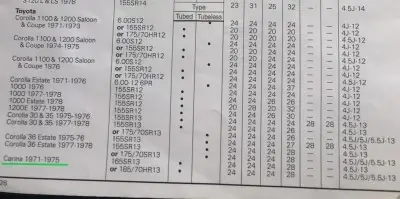
1978 Dunlop Toyota Fitment Guide Pg1
